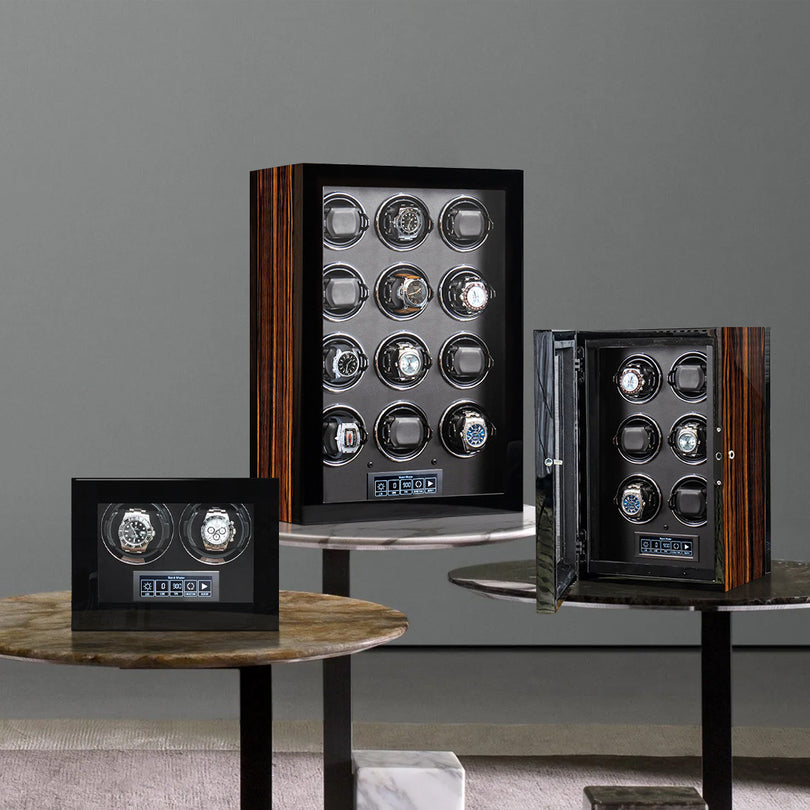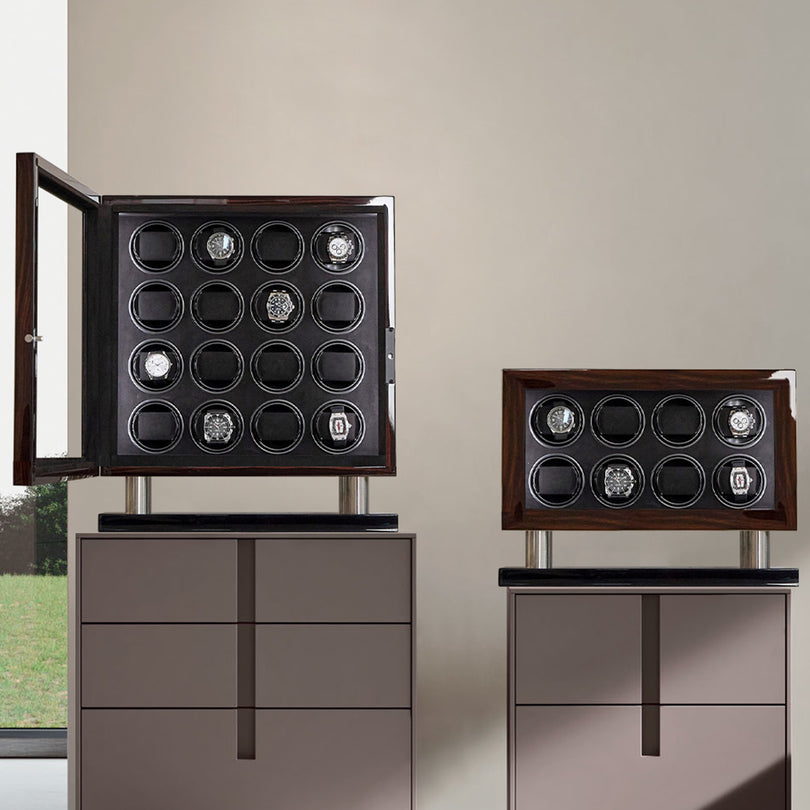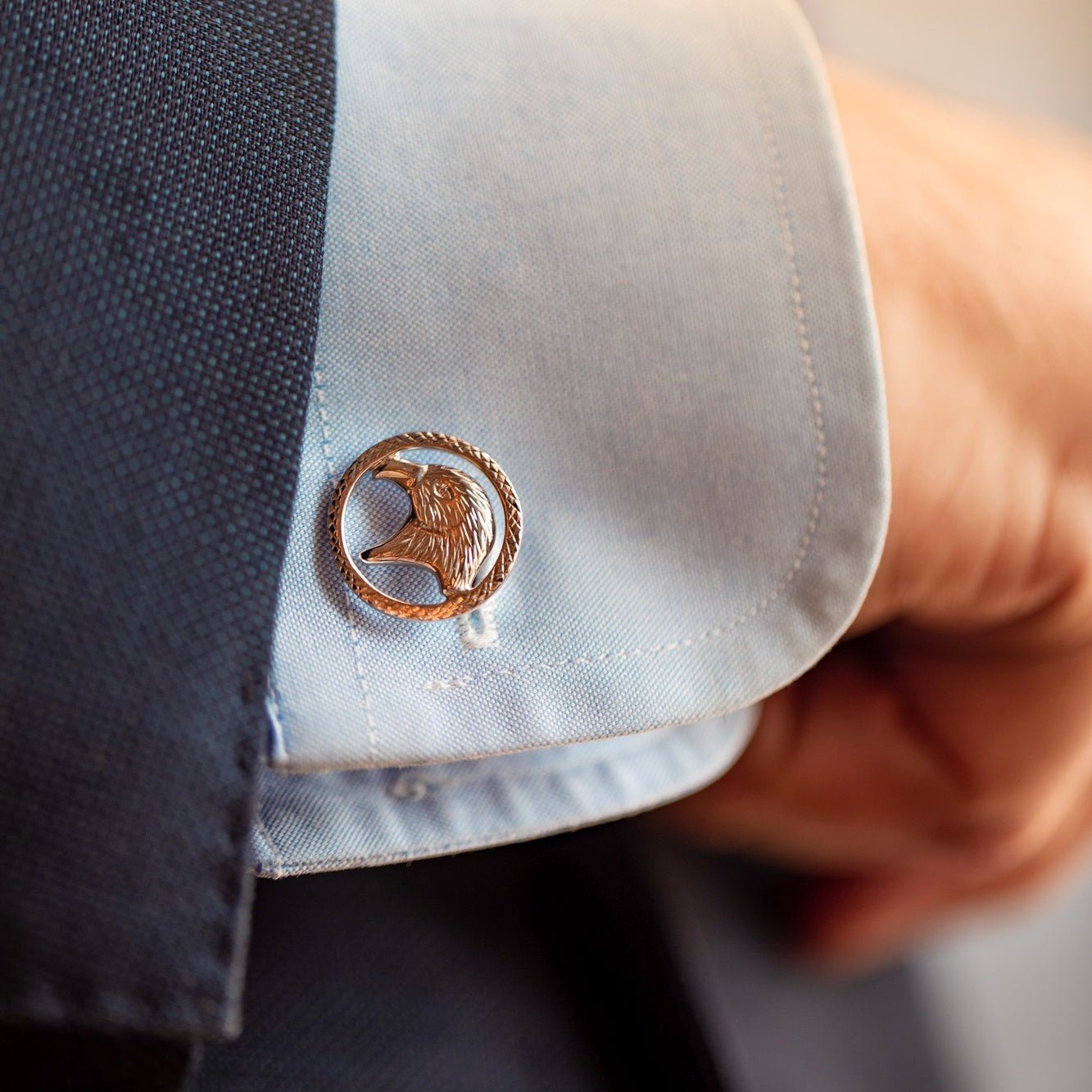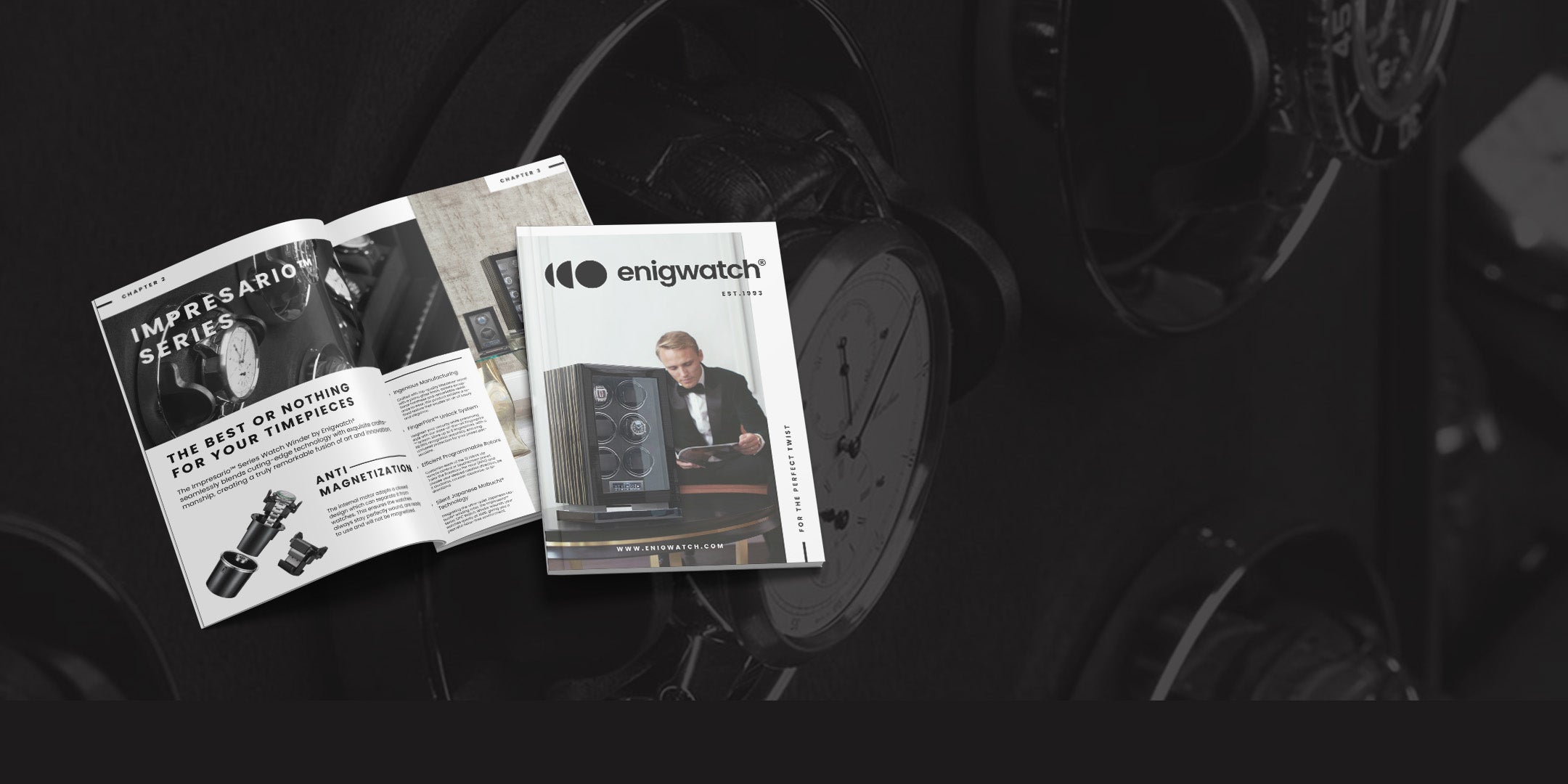What Are Self Winding Movements?
Self winding movements are an ingenious mechanism in mechanical watches. They eliminate the need for manual winding by utilizing the natural motion of the wearer’s wrist.
What Is a Self Winding Watch and How Does This Movement Work?
A self-winding watch, commonly called an automatic movement, features a specially designed component at its core: the rotor. This metal weight rotates freely as the wearer moves their wrist. The motion of the rotor generates energy by winding the mainspring, which is the powerhouse of the watch. The tightly coiled mainspring then gradually releases its stored energy to drive the intricate gears and mechanisms that keep the watch ticking accurately.
Unlike quartz watches that rely on batteries, self winding movements are purely mechanical. They offer a blend of engineering brilliance and artistry, making them a popular choice among watch enthusiasts who appreciate traditional craftsmanship. The rotor, mainspring, and gears work seamlessly together to keep the watch powered as long as you wear it regularly.
Self winding watches are not just practical but also environmentally friendly. By relying on wrist motion instead of disposable batteries, they contribute to sustainable timekeeping. Additionally, their mechanical nature and precision engineering make them highly durable and long-lasting.
Whether you're new to watches or an avid collector, understanding what is a self winding watch reveals the fascinating craftsmanship behind these timepieces. This innovation has transformed the way we experience timekeeping, offering both convenience and timeless style.
History of Self Winding Watch
The history of self winding watches, also known as automatic watches, begins in the 18th century with key milestones shaping their development. In the 1770s, Swiss watchmaker Abraham-Louis Perrelet introduced the first automatic movement for pocket watches, utilizing a weight and gears to wind the mainspring through the wearer’s wrist movements.
By 1780, the innovation had progressed with the first patent for a self winding pocket watch issued in London. Fast forward to 1923, British watchmaker John Harwood took self winding technology a step further by patenting a wristwatch design that used a small rotor inspired by seesaw motion to wind the mainspring.
In the 1930s, Rolex transformed Harwood’s invention, enabling the rotor to rotate a full 360 degrees, resulting in the iconic Rolex Oyster Perpetual. This model combined a self winding mechanism with a hermetically sealed case, setting a new standard in durability and performance.
Self Winding, Mechanical, and Quartz Differences
Self Winding, Mechanical, and Quartz differences lie in their power source and operation. What is a self winding watch? It is a type of mechanical watch, also known as an automatic watch, that uses the natural motion of the wearer’s wrist to wind its mainspring and keep the watch ticking. Mechanical watches, on the other hand, rely on a mainspring to store energy, which is released in controlled impulses to power the balance wheel.
Mechanical watches can either be manual wind, requiring regular manual winding, or automatic, where wrist movement provides the winding energy. Quartz watches operate differently, using a battery to power a quartz crystal that vibrates to create pulses, which in turn drive the movement of the watch hands.
The differences extend to accuracy, maintenance, and design. Quartz watches are known for their precision, requiring minimal maintenance apart from battery replacement, making them highly practical. Mechanical watches are celebrated for their craftsmanship but require periodic servicing due to their complex movements.
In terms of aesthetics, quartz watches are often seen as practical and straightforward, while mechanical watches are celebrated for their artistry and traditional craftsmanship. One striking difference is in the second-hand movement, quartz watches feature a distinct tick-tick motion, whereas mechanical watches showcase a smooth, sweeping motion that exudes elegance and sophistication. To delve deeper into the nuances of mechanical timepieces, explore our guide Automatic vs Hand Wind Watch: Which is Right for You?
Self-Winding Maintenance?
One of the most important aspects of maintaining a self winding watch is wearing it regularly. Wearing your watch for at least eight hours daily ensures the mainspring remains wound, allowing the watch to run smoothly and accurately. Regular wear is key to keeping its mechanical components active and functioning optimally.
Get Regular Servicing
Another essential practice is servicing your watch regularly. Professional servicing every 3 to 5 years is recommended to check for wear and tear and maintain its precision. For more extensive care, a full service every 7 to 10 years involves disassembling and cleaning the watch, ensuring its reliability. Regular maintenance protects your investment and keeps the watch in pristine condition.
Avoid Water
Avoiding water exposure is critical for the longevity of your self winding watch. Even though most modern watches are water-resistant, frequent or prolonged exposure to moisture can cause rust and other damage. If your watch gets wet, dry it thoroughly and store it in a dry environment to prevent corrosion.
Avoid Magnets
Protecting your watch from magnets is crucial, as magnetism can disrupt the delicate hairspring inside the movement, leading to inaccurate timekeeping or even causing the watch to stop entirely. Should your watch become magnetized, you can restore its functionality by using a specialized demagnetizing tool at home or seeking help from a professional service. For more insights into choosing reliable and affordable timepieces, check 8 Best Automatic Watches Under 500 in 2024: Top Affordable Picks.
Be cautious when winding your self winding watch. Winding it while on your wrist can strain the crown, potentially leading to damage. Always take the watch off before winding to ensure that the crown and its surrounding mechanisms remain stress-free.
Lastly, avoid setting the date during the time when the date-changing mechanism is engaged, usually between 9 PM and 3 AM. Adjusting the date during this period can damage the mechanism's delicate teeth. Being mindful of these maintenance tips will ensure your self winding watch remains accurate and in excellent condition for years to come.
Timeless Elegance : The Art of Self-Winding Watches
What is a self winding watch? It’s a marvel of engineering and artistry, blending convenience with timeless elegance. These watches rely on your wrist’s natural movements to keep them ticking, offering a seamless combination of functionality and sophistication. Understanding their history, maintenance, and unique features allows you to appreciate the craftsmanship behind these iconic timepieces.
To ensure your self winding watch remains in top condition, consider investing in a high-quality watch winder to keep it powered and protected when not in use. Explore our collection of watch winders to find the perfect solution for preserving your timepiece’s precision and longevity.
FAQ
Can I Manually Wind a Self-Winding Watch?
Yes, you can manually wind a self winding watch. What is a self-winding watch if not versatile enough to adapt to both automatic and manual winding? To manually wind your watch, first, remove it from your wrist to avoid putting unnecessary strain on the crown. Then, turn the crown in a clockwise direction 20 until 40 times, or until you feel slight resistance.
Are Self-Winding Watches Suitable for Everyday Wear?
Absolutely, self winding watches, also known as automatic watches, are perfect for everyday use. What is a self-winding watch if not a blend of convenience, elegance, and durability? These timepieces harness your daily wrist movements to keep the mainspring wound and maintain accurate time without needing manual adjustments.
Self-winding watches stand out for their durability while offering exceptional aesthetic appeal. Crafted with precision and high-quality materials, these watches can last for decades with proper care and servicing.
Featured image souce from Freepik







